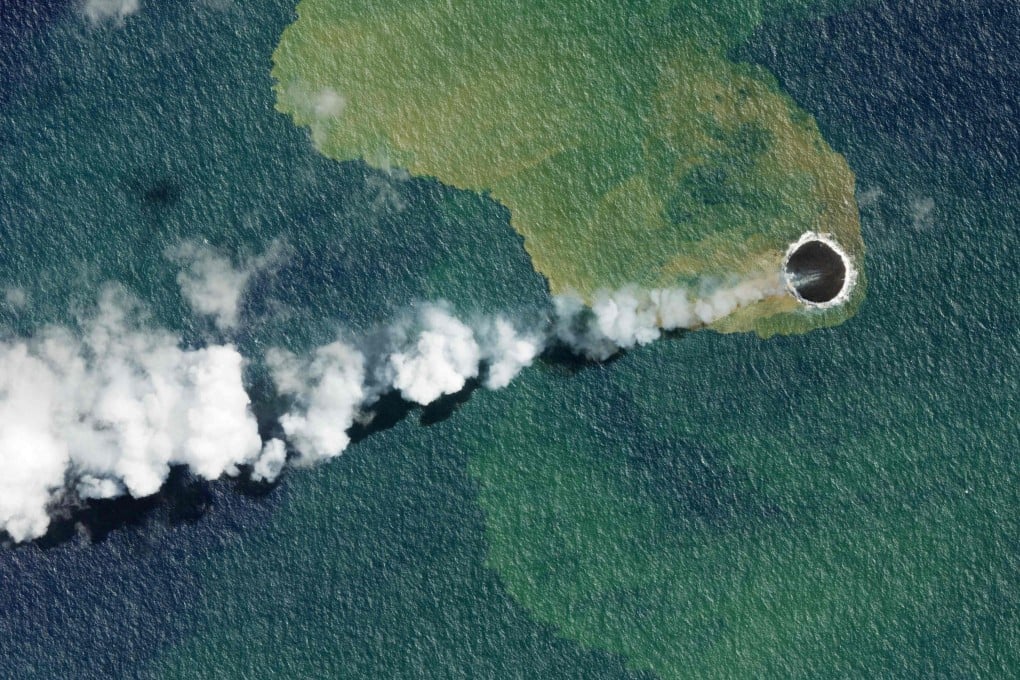Tonga underwater volcano erupts, forming new ‘baby’ Pacific Ocean island
- The Home Reef volcano – found in the Central Tonga Islands – began erupting on September 10 and carried on until at least Friday
- It formed a new island that has since grown to 24,000 square metres. Experts say such islands are often short-lived, but that’s not always the case

A new “baby” island has been spotted in the middle of the ocean hours after an underwater volcano erupted.
The Home Reef volcano – found in the Central Tonga Islands – erupted this month and within hours, the Earth’s newest land mass had formed.
Lava from the volcano was cooled by the ocean water, forming the island, which grew in size over several days as the lava continued to flow.
On September 14, scientists at Tonga Geological Services announced the island covered around 4,000 square metres and its elevation was 10 metres above sea level. But by Tuesday last week, it had grown to 24,000 sq m.
The eruption, which began on September 10, carried on until at least Friday, when Tonga Geological Services confirmed on Facebook that it “poses low risks to the Aviation Community and the residents of [nearby island groups] Vava’u and Ha’apai”.
“No visible ash in the past 24 hours was reported,” the post reads. “All mariners are advised to sail beyond 4km away from Home Reef until further notice.”
However, according to Nasa Earth Observatory, the baby island might not be here to stay.
